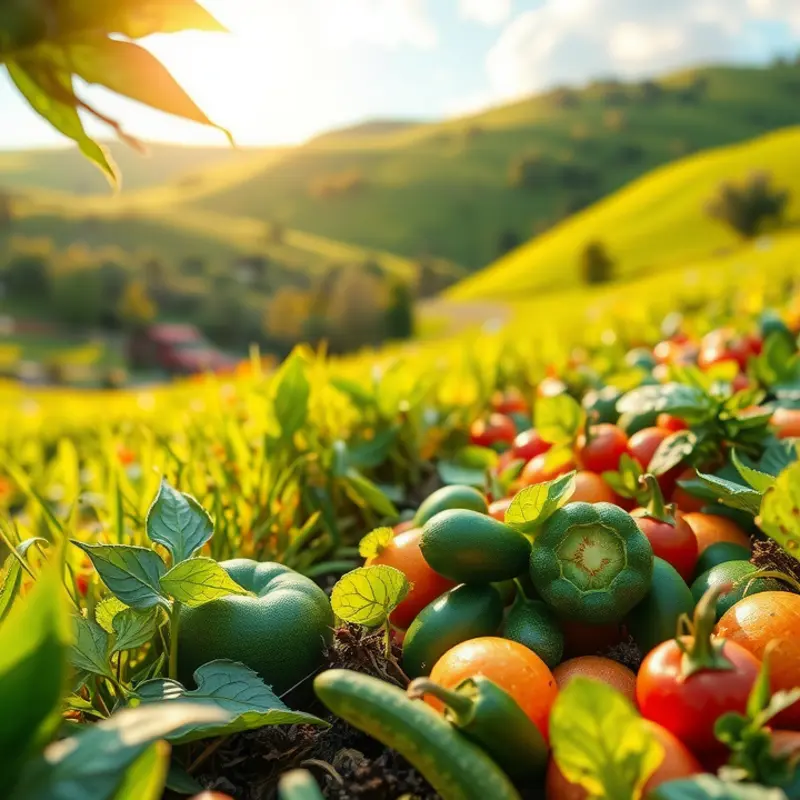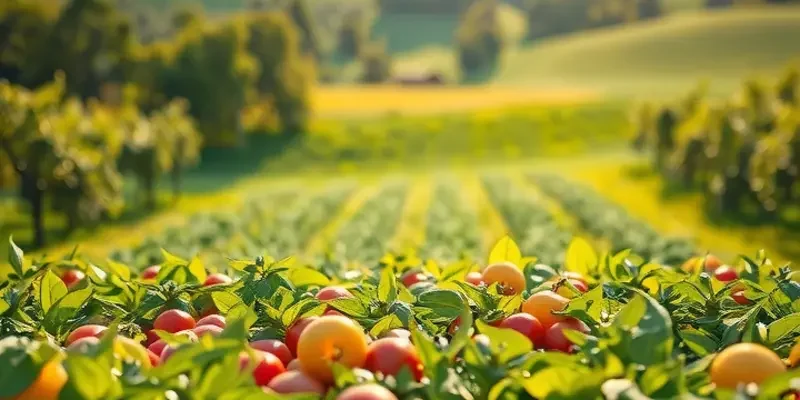Embark on a flavorful journey through the rich tapestry of ancient empires where food was not just sustenance but a pivotal part of cultural identity. From the Mesopotamian stews to vibrant Roman feasts, each bite tells a story. For culinary enthusiasts and culture seekers alike, uncover the intriguing dishes and the people behind them, and discover how ancient flavors continue to inspire modern cuisine.
Sumerian Stews: The Culinary Foundations

Journeying back over four millennia, we uncover a world where the Sumerians, nestled in Mesopotamia, created stews that became the heart of their daily lives. These dishes were not mere meals but a reflection of communal strength and cultural sophistication. The Sumerian civilization, flourishing in a region known as the “Cradle of Civilization,” depended on the Tigris and Euphrates rivers, which bestowed fertile grounds for abundant produce. Barley, a staple grain in Sumer, frequently starred in their stews, acting as both a thickening agent and a nutritional cornerstone.
Lentils and a variety of vegetables complemented the barley, creating nourishing concoctions that were both hearty and sustaining. These stews symbolized a fusion of flavors, offering a rich tapestry of tastes defined by fresh, local produce. Such culinary methods, honed over generations, underscored the significant role of agriculture in daily Sumerian life.
The Sumerians cherished these stews not only for sustenance but also as a representation of community and identity. Preparations of these dishes often took place in communal kitchens, fostering a collaborative preparation culture. This practice highlighted the importance of food in bringing people together, a theme echoed across civilizations. The presence of stews in communal feasts illustrates how food was a necessary thread in the tapestry of Sumerian culture, weaving together social interaction with sustenance.
Our knowledge of Sumerian gastronomy primarily derives from cuneiform tablets, some of the earliest written records, featuring recipes that hint at the sophisticated understanding these ancient peoples had of their ingredients. The instructions etched in these tablets are elementary, bearing witness to a nascent form of recipe writing. The simplicity and clarity of these inscriptions, however, provide vivid insights into Sumerian culinary customs and sensibilities.
Insight into Sumerian dining customs reveals a society that deeply respected food’s role in everyday life. Meals were often consumed in groups, with seating arranged on the floor around a central serving dish, fostering a sense of unity and equality. The method of cooking these stews involved slow simmering, allowing flavors to meld and evolve over time, a technique still celebrated in modern gastronomy.
This deep connection to their environment and the communal essence of food preparation mirrors practices across various cultures but remains unique in its historical context. While the world has evolved, one can draw parallels between ancient meals and contemporary efforts to preserve communal dining and local sourcing of ingredients. For those interested in modern-day practices of maintaining sustainable storage and usage of food, exploring eco-smart kitchen storage can offer guidance (source).
Thus, the legacy of Sumerian stews lives on, an echo of an ancient civilization’s intimate bond with its culture, community, and the vibrant tapestry of flavors it cultivated.
Roman Feasts: A Celebration of Abundance

Embark on a journey to the heart of ancient Rome, where culinary delights were more than sustenance—they were a spectacle of grandeur and opulence. The Roman feast, or ‘convivium,’ was a vivid reflection of society’s hierarchical complexities and the empire’s vast reach. As an emblem of status, the ample offerings on these tables transcended mere nutrition, capturing the essence of empire at its height.
Central to any Roman feast were olives, cheeses, and honey, ingredients that showcased Rome’s domestic bounty and Mediterranean connections. Olives, whether served whole or pressed into oil, were indispensable, highlighting the importance of agriculture within and beyond Italy’s borders. Cheeses, a testament to Roman ingenuity, came in diverse varieties from far-flung corners of the empire, while honey often replaced sugar, sweetening dishes in a natural harmony.
Spices, an integral part of the Roman culinary arsenal, told tales of distant lands. Pepper from India, cinnamon from Ceylon, and exotic spices from Arabia journeyed along expansive trade routes, enhancing flavors and symbolizing wealth. This intricate web of trade not only enriched the palate but also facilitated cultural exchanges, blending diverse culinary traditions into Roman cuisine. The pursuit of these spices is an ancient counterpart to what we explore in our understanding of culinary influences through trade.
The Romans had a unique approach to gastronomy; they treated food as a communal and ceremonial affair. Dining rooms, or triclinia, were settings of social engagements where reclining on couches was as much a part of the ritual as the feast itself. Meals were structured into various courses, starting typically with ‘gustatio,’ or appetizers, followed by ‘primae mensae,’ the main course, and concluding with ‘secundae mensae,’ desserts. This structured yet leisurely dining experience underscored the Romans’ penchant for order and indulgence.
During these gatherings, hosts would flaunt not only their wealth but also their culinary innovation, serving extravagant dishes such as stuffed dormice or flamingo tongues, often spiced with garum, a fermented fish sauce that added a savory depth. This demonstration of luxury, however, was not solely for sustenance. It served as a testament to Roman hospitality and an invitation to engage in intellectual discourse, art appreciation, and political negotiation.
The legacy of Roman culinary arts lies in their seamless integration of gastronomy into daily life and larger societal structures. Their feasts were a microcosm of the empire—abundant, interconnected, and diverse. As we explore this rich historical tapestry, we gain insights into how ancient gastronomy has paved the way for culinary traditions that continue to enrich lives today.
Final words
Exploring the foods of ancient empires unveils not only their culinary innovations but also their shared humanity. Each dish reflects the environment, social structures, and values of its time, inviting us to appreciate the rich cultural heritage embedded within. By looking at how ancient civilizations approached food, we gain insight into their daily lives and perspectives. These flavors linger, inviting modern cooks and food lovers alike to draw inspiration from the past, fostering a deeper connection with today’s global cuisines.








